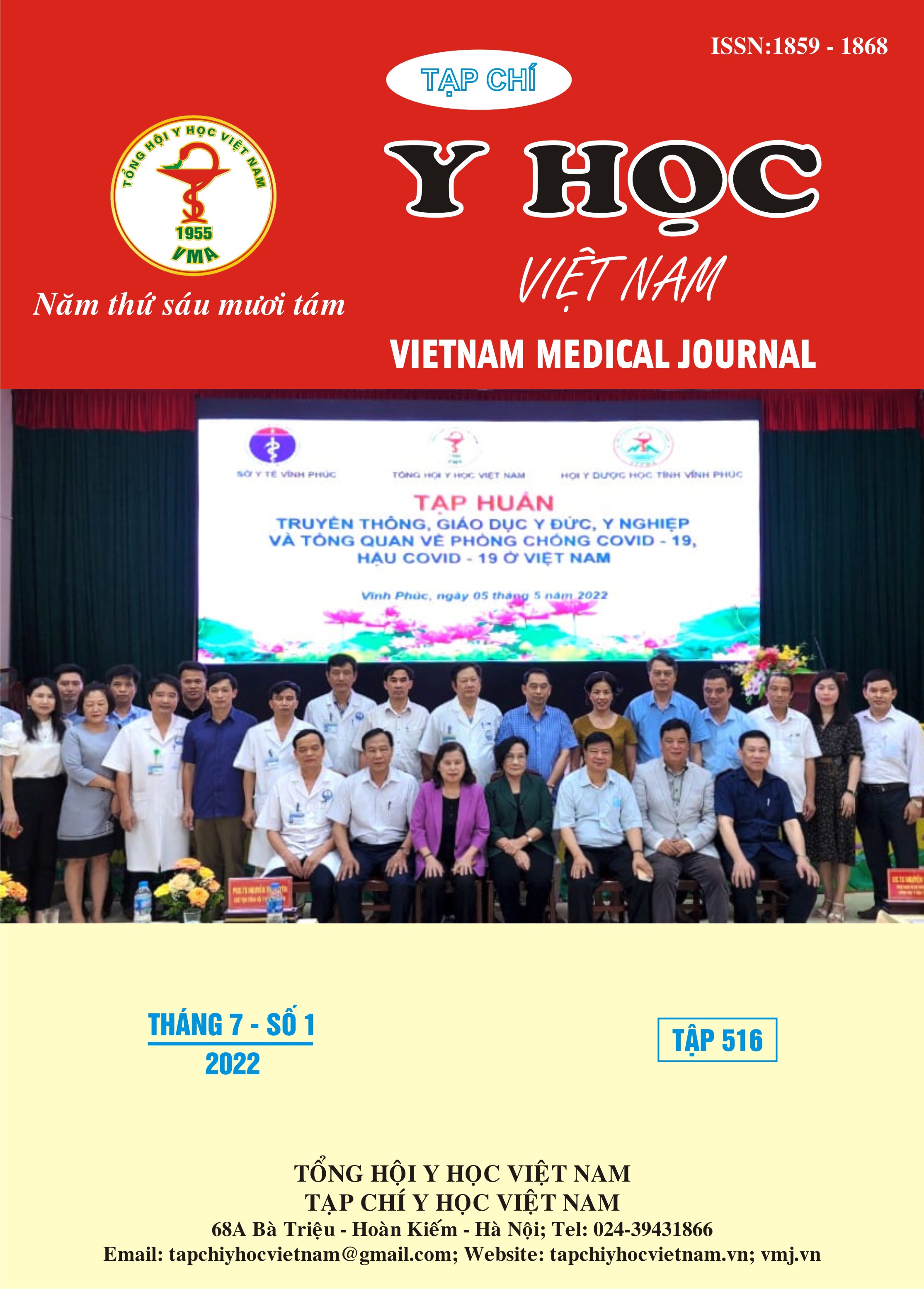HEARING STATUS OF ARMORED TANK SOLDIERS
Main Article Content
Abstract
A cross-sectional descriptive study was performed to assess the hearing status of armored tank soldiers. The study was carried out on 315 soldiers. The results showed that, out of 315 soldiers who were tested for hearing, 17.7% had hearing loss in one ear, 45.08% had hearing loss in both ears. Most soldiers with hearing loss in one ear had mild hearing loss (92.8%). Among soldiers with binaural hearing loss, 90.8% had mild receptive hearing loss; 9.2% of moderate, severe and profound hearing loss who had a high-frequency lesion pattern typical of noise-induced hearing loss after many years of exposure. The results show that there were many soldiers in need of intervention to reduce sound exposure to prevent permanent severe hearing loss due to noise.
Article Details
Keywords
hearing, soldiers, armored tank
References
2. An, H.X., Nghiên cứu ảnh hưởng tiếng ồn do xe tăng - thiết giáp tới thính lực của bộ đội vận hành và đề xuất các biện pháp phòng hộ. 2003, Trường Đại học Y Hà Nội: Hà Nội.
3. Chữ, K.V., Ảnh hưởng của tiếng ồn đến sức nghe thủy thủ tàu hải quân tại đơn vị X. Tạp chí y học quân sự, 2015: p. 17-25.
4. Organization, W.H., Addressing the rising prevalence of hearing loss. 2018, World Health Organization: Geneva, Switzerland.
5. Lợi, L.V., Nghe kém do tiếng ồn, in Cấp cứu tai mũi họng 1. 2000. p. 233-249.
6. Moon, I.S., et al., Clinical Characteristics of Acoustic Trauma Caused by Gunshot Noise in Mass Rifle Drills without Ear Protection. Journal of Occupational and Environmental Hygiene, 2011. 8(10): p. 618-623.
7. Mahboubi, H., et al., Noise-induced hearing threshold shift among US adults and implications for noise-induced hearing loss: National Health and Nutrition Examination Surveys. Eur Arch Otorhinolaryngol, 2013. 270(2): p. 461-7.


